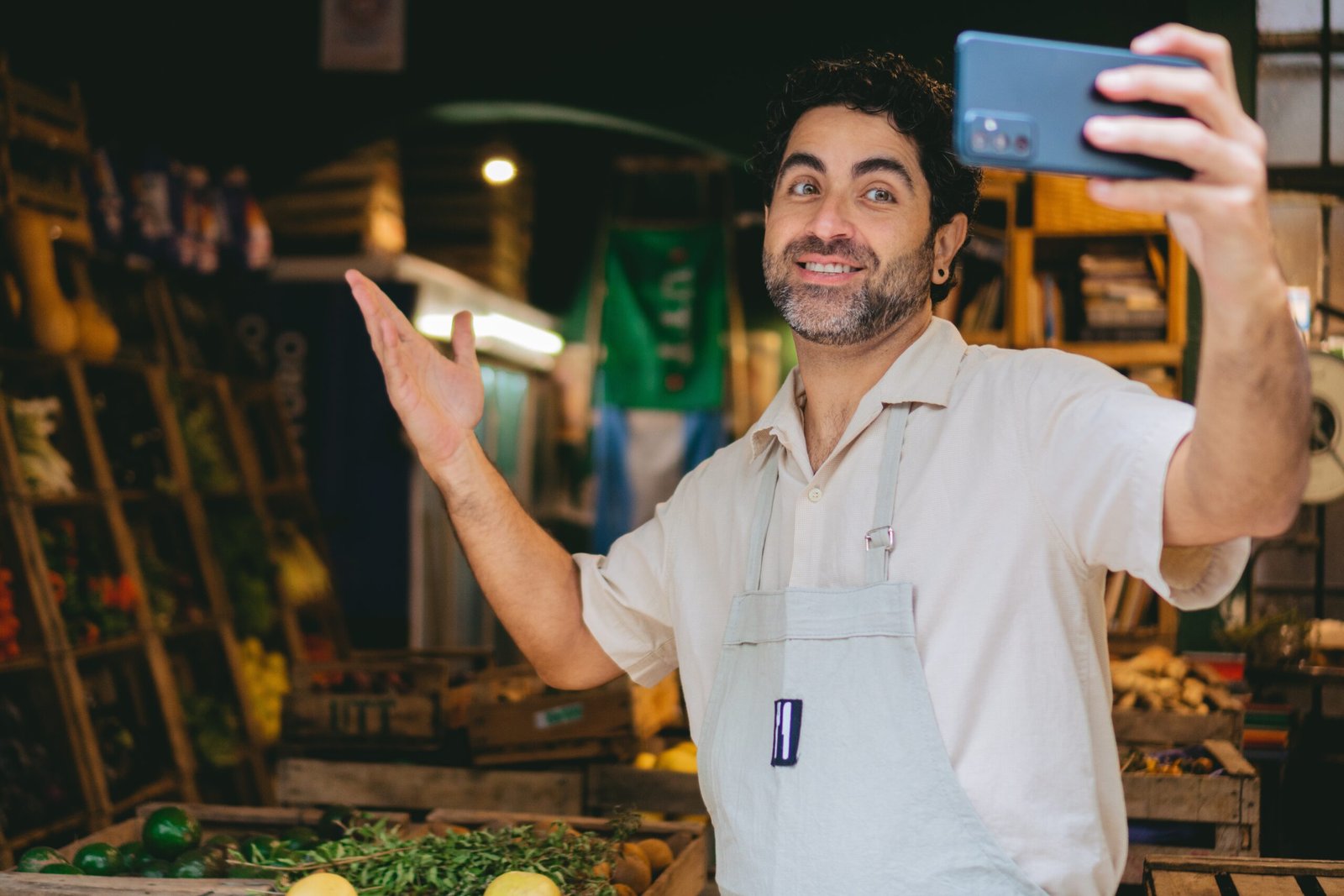• Supermarkets are adjusting inventory to match viral TikTok food trends.
• Retailers now monitor social media to anticipate demand for trending ingredients.
Virality Meets Shelf Space
When a niche ingredient like chili crisp goes viral on TikTok, grocery stores feel the ripple. In recent years, retailers have begun tracking social media food trends to decide what to stock. According to The New York Times, stores such as Whole Foods and Kroger now monitor TikTok videos to identify products gaining traction, especially with Gen Z shoppers.
One key example is the viral “Green Goddess Salad” by creator Baked by Melissa. The recipe’s blend of cabbage, cucumbers, and nutritional yeast caused a spike in demand for these once-overlooked items. Specialty dressings and dairy-free cheeses also experienced higher sales in the wake of such trends.
Retail data company SPINS reported a 65% year-over-year increase in sales of products tagged in TikTok food content. Supermarkets have responded by creating endcap displays that feature trending items, hoping to catch the interest of customers who’ve seen the same products online.
Retailers Adapt to Short-Term Demand
Unlike traditional marketing cycles, TikTok trends can peak in days and vanish just as quickly. This presents logistical challenges for supermarket chains. Still, many are willing to take the risk. Albertsons, for instance, added trending items like date bark and pickle-flavored snacks after their videos gained millions of views.
Some retailers now work directly with creators. Target collaborated with food influencer Tabitha Brown, bringing her plant-based products to stores nationwide. This shift from seasonal planning to influencer-driven stocking reflects how seriously supermarkets now take digital influence.
Brands are adapting too. Rao’s Homemade, a sauce brand, saw a jump in sales after its marinara became a favorite in TikTok pasta videos. The company has since launched campaigns targeting TikTok’s food-loving audience.
For smaller producers, TikTok can open doors to national distribution. Sriracha-style sauces from niche brands have entered big-name retailers after trending online. In one case, a homemade “pink sauce” gained popularity, leading to a commercial version being stocked by Walmart. The shift from viral moment to shelf presence is faster than ever.
The Bigger Picture
The influence of TikTok on supermarkets shows how digital culture is reshaping food retail. What once took months of market testing now happens in a few clicks. While the trends themselves may be fleeting, the impact on how products reach consumers is long-term.
This transformation highlights a broader truth: food culture is no longer dictated solely by chefs or advertisers. Instead, it’s decentralized and rapid, shaped by creators and communities online. Supermarkets are adapting not just to sell more, but to stay connected to how people actually eat today.
Jacob Anderson is a food journalist at EatGazette.com, covering culinary trends, food culture, and sustainability. He discovered his passion for storytelling while earning his journalism degree at the University of Wisconsin–Madison, where he first began exploring the deeper stories behind what we eat.


